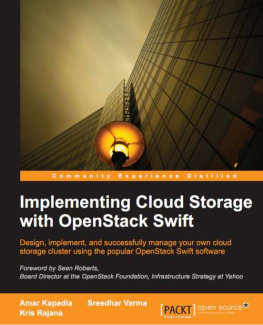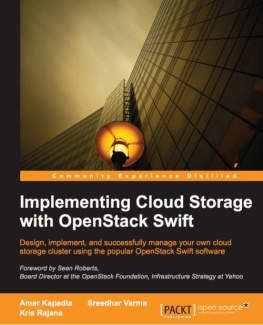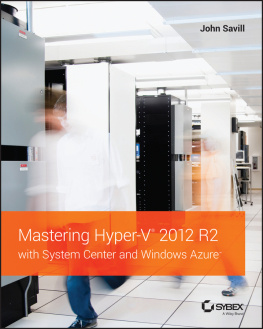Rethinking Enterprise Storage: A Hybrid Cloud Model
Marc Farley
Published by Microsoft Press
Special Upgrade Offer
If you purchased this ebook directly from oreilly.com, you have the following benefits:
DRM-free ebooksuse your ebooks across devices without restrictions or limitations
Multiple formatsuse on your laptop, tablet, or phone
Lifetime access, with free updates
Dropbox syncingyour files, anywhere
If you purchased this ebook from another retailer, you can upgrade your ebook to take advantage of all these benefits for just $4.99. to access your ebook upgrade.
Please note that upgrade offers are not available from sample content.
Foreword
When I started my career in IT, storage was incredibly boring and something that most people tried to avoid. Enterprise data storage was the domain of strange people interested in tracks, cylinders, and data placements; they did not write codethey were the forgotten people.
Twenty-five years or so later, storage is neither boring nor straightforward. Data growth flows at exponential rates; structured data has been joined by unstructured data, the Facebook generation creates extensive social content in unprecedented quantities, and the enterprise is looking not only at how they store but also how they derive value from this content in the form of Big Data analytics. And somewhere along the line, I became a storage persona StorageBod if you will.
We are at the centre of the storm brought on by cloud computing, and the promise of infinite scale and elasticity are changing the questions asked of enterprise storage. The certainty of managing data storage with enterprise arrays from the big five storage vendors is gone. There are now many possible answers to a problem that has moved away from simply being a case of how much capacity we require to store our applications data. Instead, we are thinking about how to balance user and business requirements in the context of flat-lining IT budgets. Should all our data be stored off-premises in the cloud or should we look at everything being stored in-house? Should all our data be stored in an object store? If so, whose?
This ambiguity brings increasing levels of complexity to the storage world. Data will live in many places on many different platforms and how we manage it, access it, and secure it for the enterprise is the next big question to be answered in storage.
Martin Glassborow
Blogger, Storagebod.com
June 2013
Introduction
Just as the Internet has fundamentally changed many industries, cloud computing is fundamentally changing the information technology industry, including infrastructures such as enterprise data storage. This book is about one of the new infrastructure game changersa storage architecture called hybrid cloud storage that was developed by a company called StorSimple, now a part of Microsoft, as a way to integrate cloud storage services with traditional enterprise storage. Hybrid cloud storage is a completely different approach to storing data with a single comprehensive management system covering data through its entire life cycle, including active and inactive states as well as backup and archive versions. IT teams with cloud-integrated storage arrays running in their data centers use cloud storage as a data management tool and not simply as additional storage capacity that needs to be managed. That concept takes a little time to fully understand and its why this book was written.
The audience for this book includes all levels of IT professionals, from executives responsible for determining IT strategies to systems administrators who manage systems and storage. The book explains how hybrid cloud storage changes the ways data protection is accomplished without tape backup systems; how disaster recovery works with data that is stored in the cloud; how cloud services are used to facilitate capacity management; and how the performance of data stored in the cloud is managed. Several applications for hybrid cloud storage are discussed to help IT professionals determine how they can use the Microsoft hybrid cloud storage (HCS) solution to solve their own storage problems. The last chapter is a hypothetical look into the future that speculates how this technology might evolve.
Conventions
The following naming conventions are used in this book:
The Microsoft HCS solution . The hybrid cloud storage solution discussed in this book combines a StorSimple-designed Cloud-integrated Storage system with the Windows Azure Storage service. This combination is referred to throughout the book as the Microsoft HCS solution.
Hybrid cloud boundary . The term is used in this book to identify the aspects of hybrid cloud that create a separation between computing on-premises and computing in the cloud. Physical location, bandwidth availability, and latency are examples of things that can form a hybrid cloud boundary.
The IT team . The term refers to all the employees and contractors that work together to manage the technology infrastructure of an organization.
Sidebars are used throughout the book to convey information, ideas, and concepts in a less formal fashion or to draw attention to tangential topics that I thought might be interesting to readers. Sidebars are easy to identify by being offset from the rest of the text with a shaded background. An example of a sidebar is in .
Acknowledgments
Even a short book like this one has many contributors. Id like to thank a n-umber of people who helped make this book happen. Maurilio Cometto for his kind patience, Sharath Suryanarayan for his experience and perspective, Guru Pangal for his encouragement, Gautam Gopinadhan for his depth of knowledge, Mark Weiner for his unwavering support, Ursheet Parikh for his vision and faith, and Carol Dillingham for her insights and guidance throughout.
Errata & book support
Weve made every effort to ensure the accuracy of this book. Any errors that have been reported since this book was published are listed on our Microsoft Press site at oreilly.com:
http://aka.ms/HybridCloud/errata
If you find an error that is not already listed, you can report it to us through the same page.
If you need additional support, email Microsoft Press Book Support at .
Please note that product support for Microsoft software is not offered through the addresses above.
We want to hear from you
At Microsoft Press, your satisfaction is our top priority, and your feedback our most valuable asset. Please tell us what you think of this book at:
http://aka.ms/tellpress
The survey is short, and we read every one of your comments and ideas. Thanks in advance for your input!
Stay in touch
Lets keep the conversation going! Were on Twitter: http://twitter.com/MicrosoftPress.
Next steps
We hope this book piques your interest in the Microsoft hybrid cloud storage (HCS) solution. If you want to learn more about implementing the Microsoft HCS solution in your own enterprise, please visit the following site, where you can read case studies and request a demo:
http://www.microsoft.com/StorSimple
To connect with the author or other readers of this book, check out:
Marc Farleys blog, Hybrid Cloud Storage: http://blogs.technet.com/b/cis/
The books website: http://blogs.technet.com/b/cis/p/rethinkingenterprisestorage.aspx

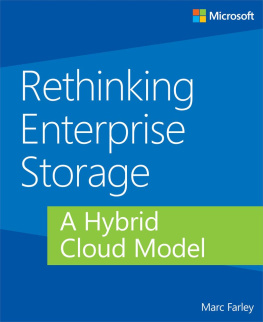

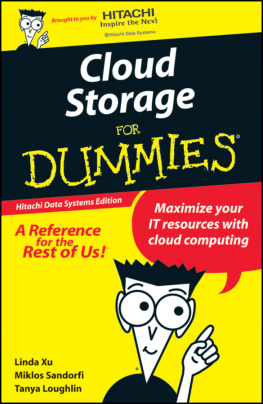
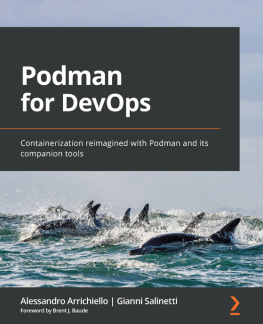
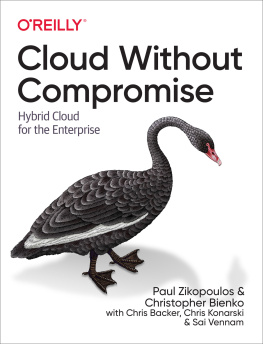
![Cohen Marc - Google compute engine: [managing secure and scalable cloud computing]](/uploads/posts/book/193829/thumbs/cohen-marc-google-compute-engine-managing.jpg)

